Category: Latter-day Saint Thought
-
Mormon Intellectuals Part II: Jim’s Comments
I had previously intended to post some of Jim’s comments from an email. Instead, I’m re-posting his response to Part I here in order to further highlight what he has to say. I’ll follow this up with one more post tomorrow. Jim’s comments are as follows: I cannot tell you how touched and flattered I am by…
-
Mormon Intellectuals: A Response to Jim Faulconer
I disagree with some important parts of Jim’s recent piece on intellectuals in the Church (please read what he said first). By the end, I hope it’s clear that it is (in part) for “Faulconerian” reasons that I disagree with him. To begin, I’m going to indulge in a bit of biographical narcissism in order…
-
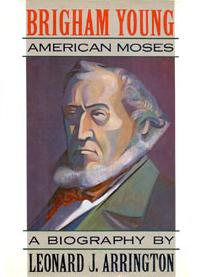
Apostle Biographies or “Holes in our History?”
Often I find that I am annoyed with the focus of much of Mormon History studies today. The articles and books published seem to mostly cover the Joseph Smith and Brigham Young eras, along with a bit of the later Utah period, up to the turn of the century. At least, that is my perception.
-

The Not-So-Great Apostasy
I have seen several notices publicizing an upcoming conference at BYU, Exploring Mormon Conceptions of the Apostasy. Sounds interesting, particularly in light of the one-paragraph blurb stating goals for the conference, which challenges rank and file members of the Church as well as scholars to reconsider LDS views of “the Great Apostasy”: Examining claims of…
-
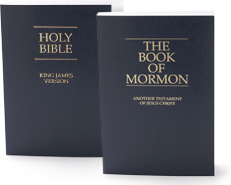
The Real World of the Book of Mormon
This is the fourth in a series of posts taking a broad look at the Book of Mormon. This post continues the discussion of the prior post, The Book of Mormon as Narrative, by considering verisimilitude. This term refers to how faithfully a text represents the real world or, to various degrees, depicts events that…
-
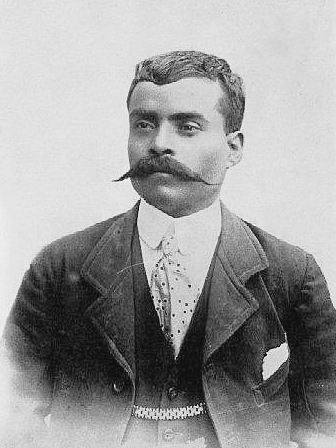
Conference Report: 3rd Brazilian Mormon Studies Conference
I returned yesterday from attending the 3rd annual conference of the Associação Brasileira de Estudos Mórmons (Brazilian Mormon Studies Association) inspired with the fascinating subjects covered during the conference and ready to dive into another year of research in preparation for next year’s conference. In particular, one presentation was groundbreaking, changing the perception of Mormonism…
-

The Book of Mormon as Narrative
This is the third post in a series taking a broad view of the Book of Mormon (first, second). In this post I will discuss aspects of narrative encountered in the text. Not all scripture is narrative: consider the lengthy legal codes in the Torah and the moral exhortation found in James. Not all historical…
-
Snow, Citizens, and Stewards
It has recently been announced that Steven E. Snow will replace Marlin K. Jensen as the new Church historian. Elder Jensen has been a wonderful historian for our church, bringing both compassion and honesty to the work.I expect this good work will continue under Elder Snow’s direction. I am curious to see what his areas of…
-

Institute Report: Genesis, Week 1
If there’s sufficient interest, I will post some general notes, handouts and materials here instead of mailing out everything to my class. Handouts are pdf format and have live links embedded. I felt the first week went well; in contrast to the last time I taught this, few students had a science background, and only…
-
The Book of Mormon: What has it done for you lately?
Julie is posting detailed commentary and Kent is providing literary reflection; I’m afraid all I have to offer on the Book of Mormon is general observations. This week let’s talk about situating the book as a whole, not so much in terms of content and form (which I’ll address in later posts) but in terms…
-
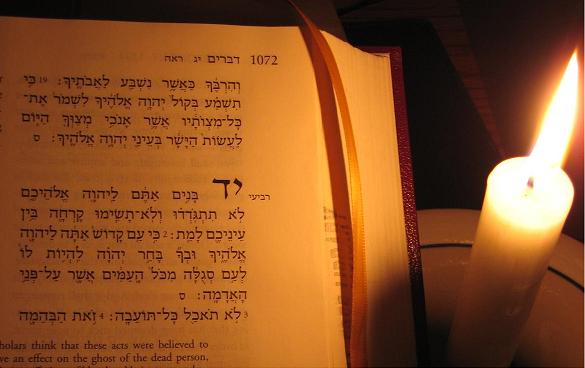
Scripture Unchained: A New York Institute Announcement
After taking off 18 months or so, I’m returning to teaching Institute in my free time. Beginning January 12, 8 PM in the Union Square chapel of Manhattan, I’ll be teaching a class called “Genesis, with an Introduction to Studying the Bible in Hebrew.” The Institute Director added the last part, but I don’t mind…
-
Which Book of Mormon?
The flurry of posts at T&S and elsewhere around the Bloggernacle is a reminder that 2012 is Book of Mormon year in Gospel Doctrine class. Which Book of Mormon are you going to read?
-
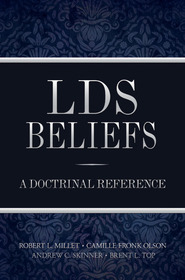
Under the tree: LDS Beliefs
The latest book to digest Mormon doctrine for the popular LDS audience is LDS Beliefs: A Doctrinal Reference (Deseret, 2011), by four BYU religion professors: Robert L. Millet, Camille Fronk Olson, Andrew C. Skinner, and Brent L. Top. Entries are alphabetical, with authorship and cited sources listed following each and every entry. It’s out just…
-

Quotes of Note- Elder Holland on Boats and Struggling Swimmers
Unfortunately inspired by a personal experience related to me recently, I present a rebuke of sorts and a call for more Christ-like compassion by Elder Holland. “When a battered, weary swimmer tries valiantly to get back to shore, after having fought strong winds and rough waves which he should never have challenged in the first…
-
Boston’s Mormon women’s organization, 1844
Nauvoo had its Relief Society, but the “society of sisters” in Boston was instead the “Sewing and Penny Society,” or so the Church’s New York City newspaper reported. Despite all that the Relief Society has become in the nearly 170 years since it was founded, it apparently only existed in Nauvoo. In other areas, women…
-
Harold Bloom, the Byrds, and Me
About a week ago, James posted a reflection on Harold Bloom’s (frankly awful) New York Times op-ed. Rather than directly responding, though (other than expressing his rightful disappointment), James engaged with Dr. Bloom’s allegation that Mormonism and Protestantism are converging. Though concerned about such a convergence, James ultimately (and rightly, I believe) doesn’t think we’re…
-
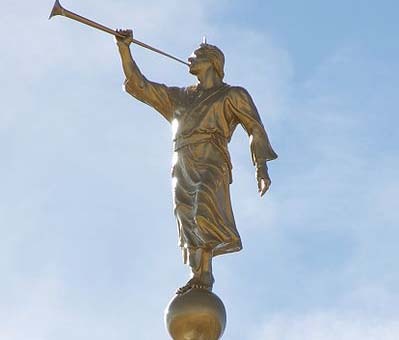
Why Bloom, et al are wrong
Harold Bloom’s recent NY Times article on Mormonism & politics was tremendously disappointing. The sheer volume of poorly (or dishonestly) researched writing on Mormonism this season is exhausting; and to get this sort of long worn-out, conspiracy minded expression of clichés from someone as well educated as Bloom is downright disheartening[1] (though to be fair,…
-
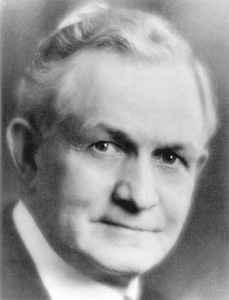
Quotes of Note- McKay on Running the Church
“Men must learn that in presiding over the Church we are dealing with human hearts, that individual rights are sacred, and the human soul is tender. We cannot run the Church like a business.”-David O. McKay Diaries, May 17, 1962, as quoted in “David O. McKay and the Twin Sisters’: Free Agency and Tolerance” by…
-
Finally, Family Scripture Study that Works for Us
My family is not very large (C and, uh, me. Not even a cat), so schedules aren’t hard to coordinate. We’re both active in the Church, and bibliophiles who regularly read and study our own scriptures, and yet we’ve never been able to have productive scripture study together. I am largely to blame for that,…
-
John Wesley on the Pride Cycle
Re-reading the second half of Paul Johnson’s A History of Christianity last week, I ran across this interesting commentary penned by John Wesley. Here’s what he wrote sometime in the late 18th century (quoted at page 368; emphasis added):
-
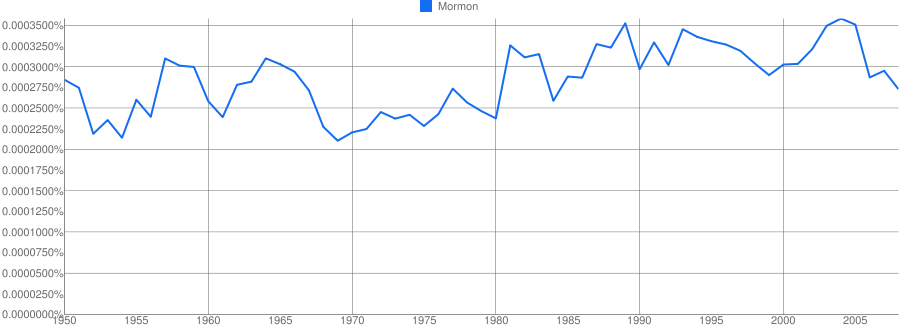
Is the ‘Mormon Moment’ larger outside the U.S.?
I’ve been looking at Google’s ngram viewer this weekend, at the instigation of my fellow blogger, Wilfried Decoo, and what I came across implies that the “Mormon Moment,” starting in this case with Mitt Romney’s first run for the presidency, may have had a larger impact in places outside of the U.S. than it has…
-
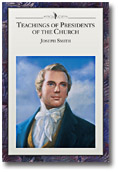
Making Mormon Documents Available
Following each General Conference I prepare a list of “Conference Books”—the works cited by speakers in the printed version of their talks. The list is always fascinating. But this time I noticed something that led me to rethink one aspect of the Church’s manuals: availability.
-
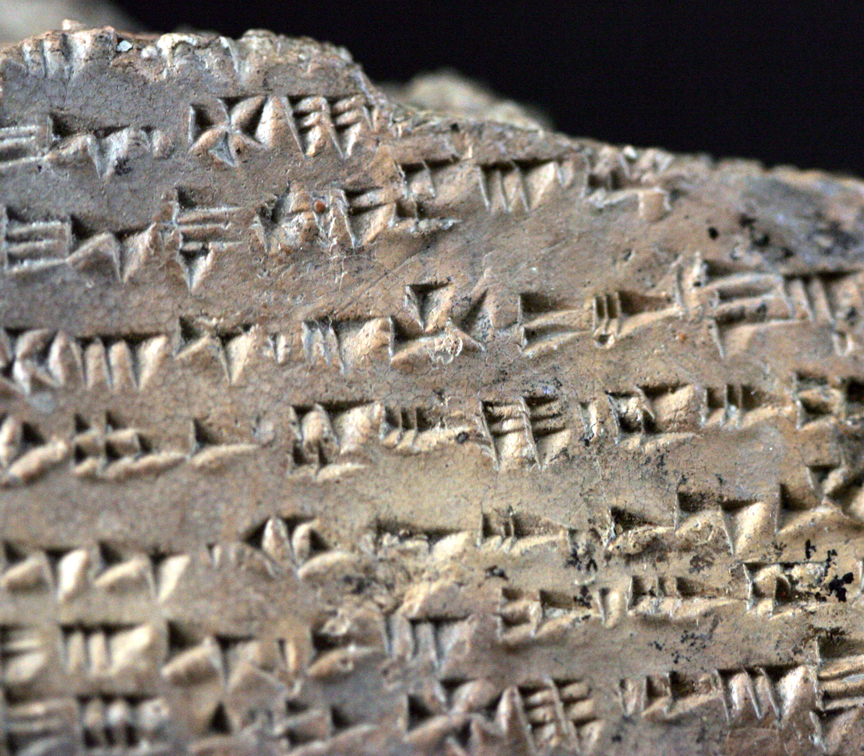
Beyond Translation: Job and Isaiah at Ugarit? Part 2
In Part 1, I promised some Biblical examples of where translation alone fails to convey all the meaning an Israelite would have grasped. I’ve broken these examples into three fuzzy categories. 1) Israel is often described in the Torah as a “land flowing with milk and honey.” We probably all have milk and honey in…
-
Elder Cook and Theodicy
My last year at BYU, I sat through an Elders Quorum lesson where the teacher discussed the etymology of “atonement.” I was skeptical that it actually derived from “at-one-ment,” and, immediately after church ended, I walked across campus to the Writing Center, keyed in my code, and pulled out the Center’s OED.[fn1] And, to my…
-
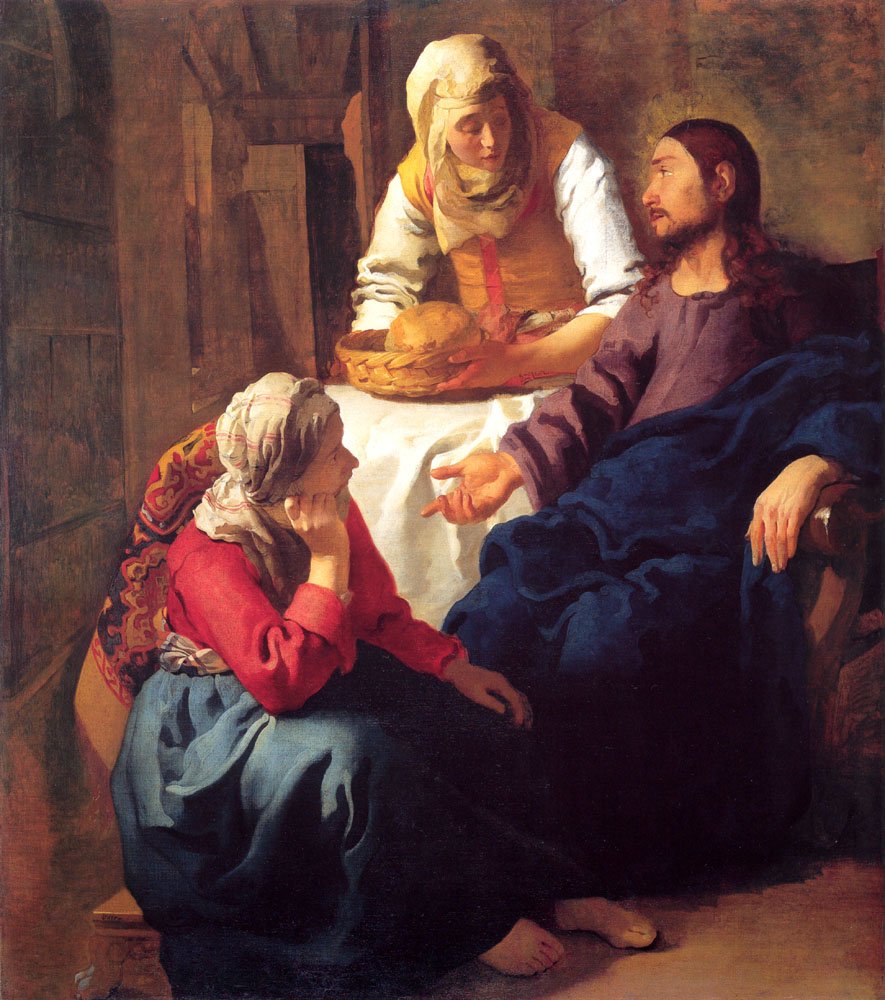
Sister Beck and Daughters in My Kingdom
Having spent the past eight months in Tunisia, where our tiny L.D.S. group had very little formal structure, I had almost forgotten what it was like to go to a Church meeting without husband and children in tow. Attending the General Relief Society Meeting with a few friends was like a welcome home. I had…
-
LDS Men Aren’t Incredible
Wheat & Tares ran a fun post earlier this week titled LDS Men Are Incredible … although the URL string shows that the original draft title of the post was “Why Men Suck.” That kind of marks off the two ends of the spectrum, doesn’t it? That’s a nice lead-in for the question: What remarks…

